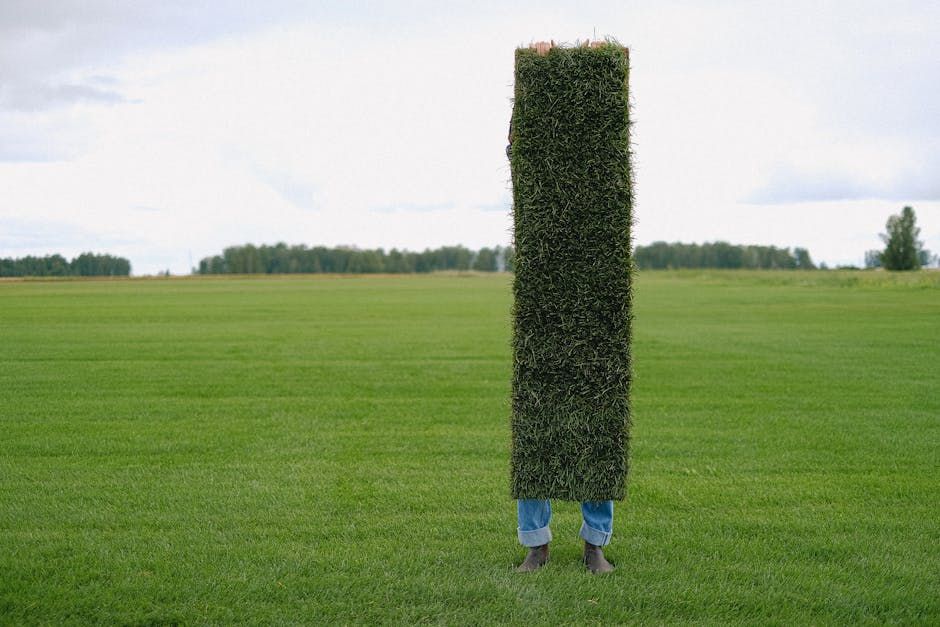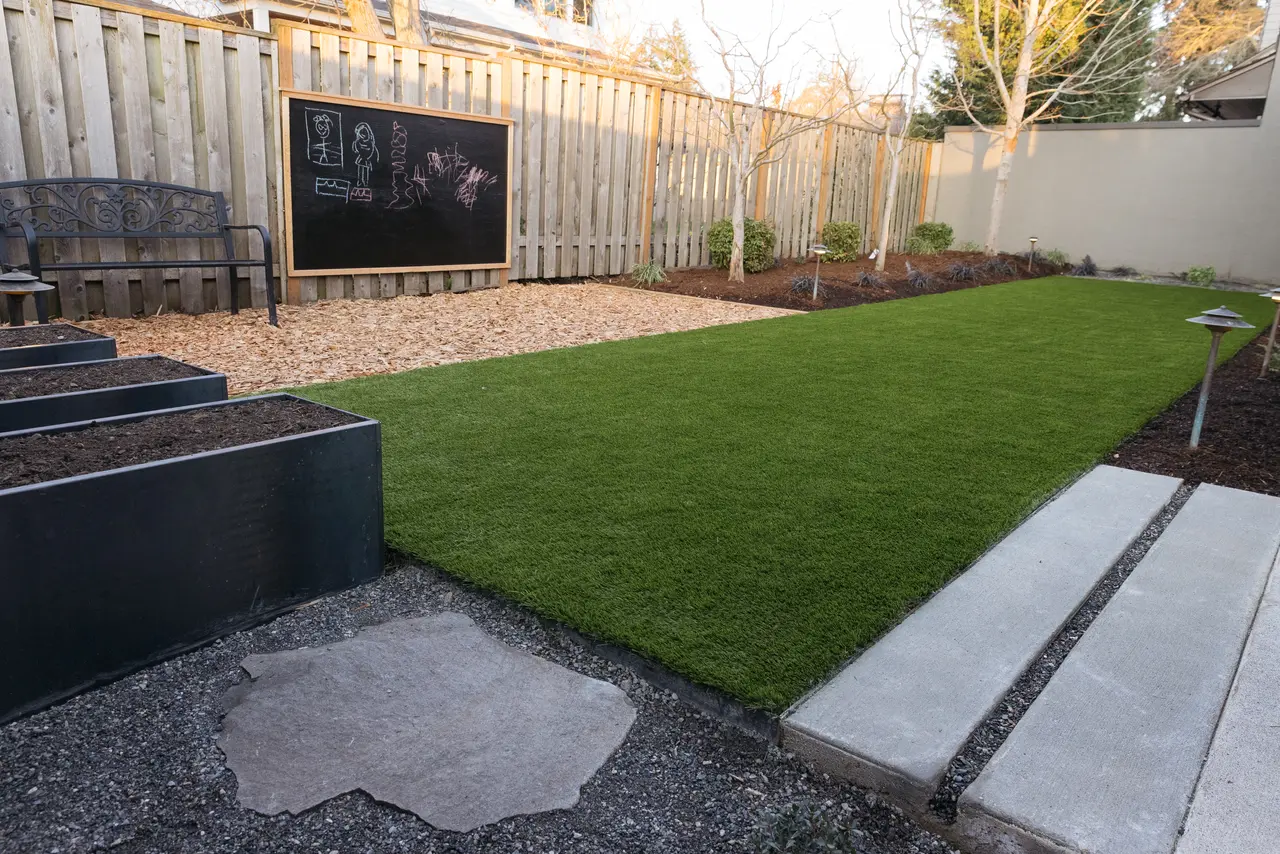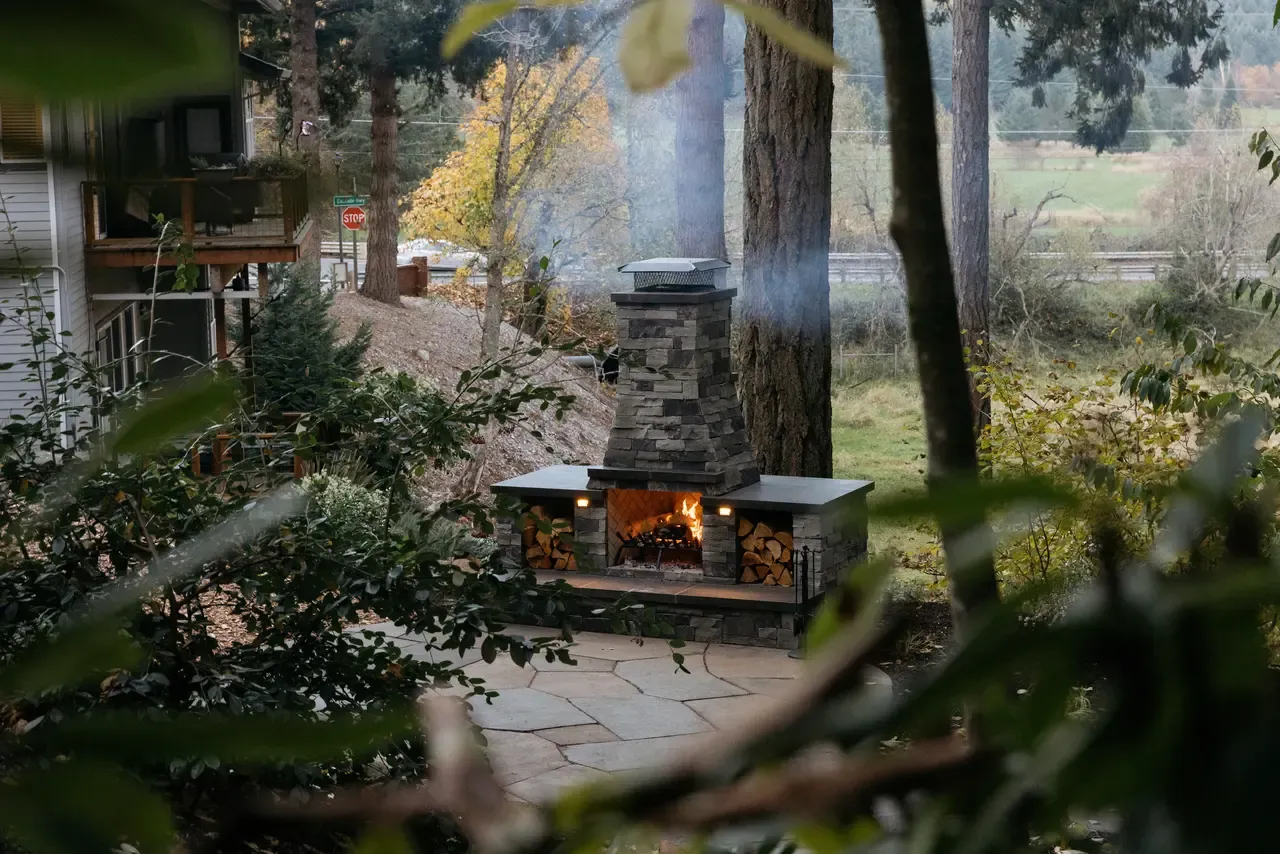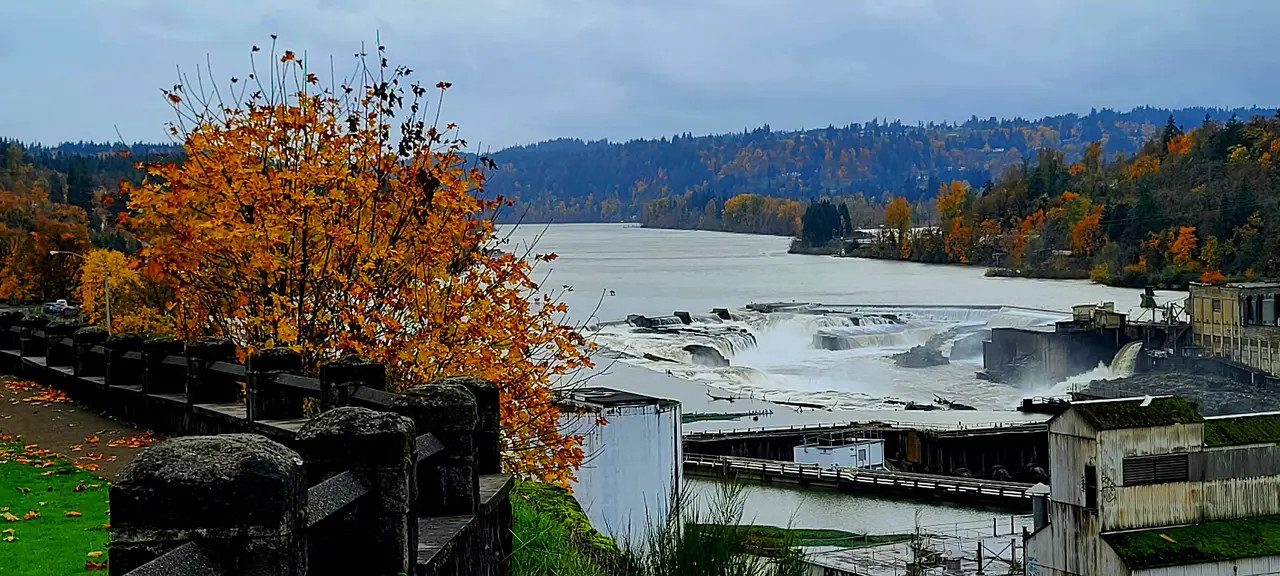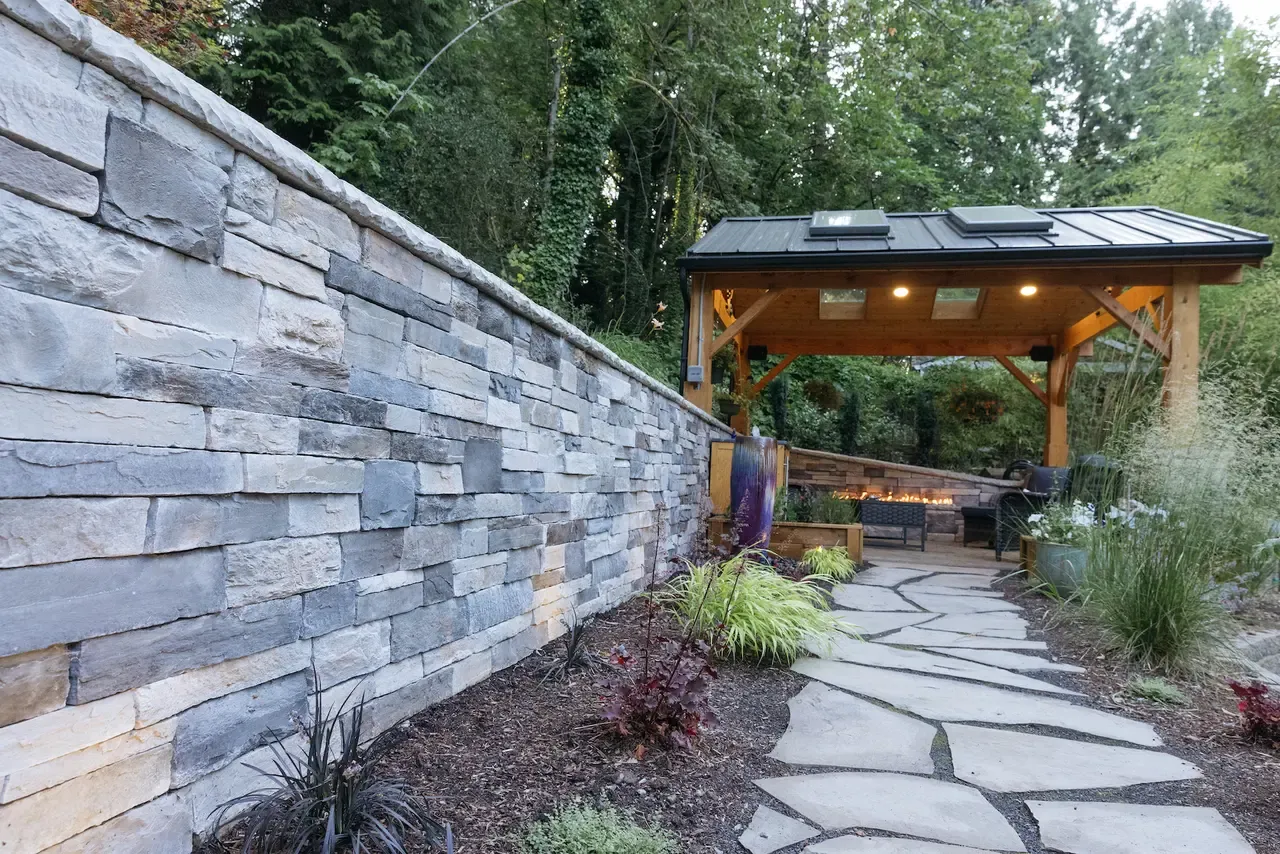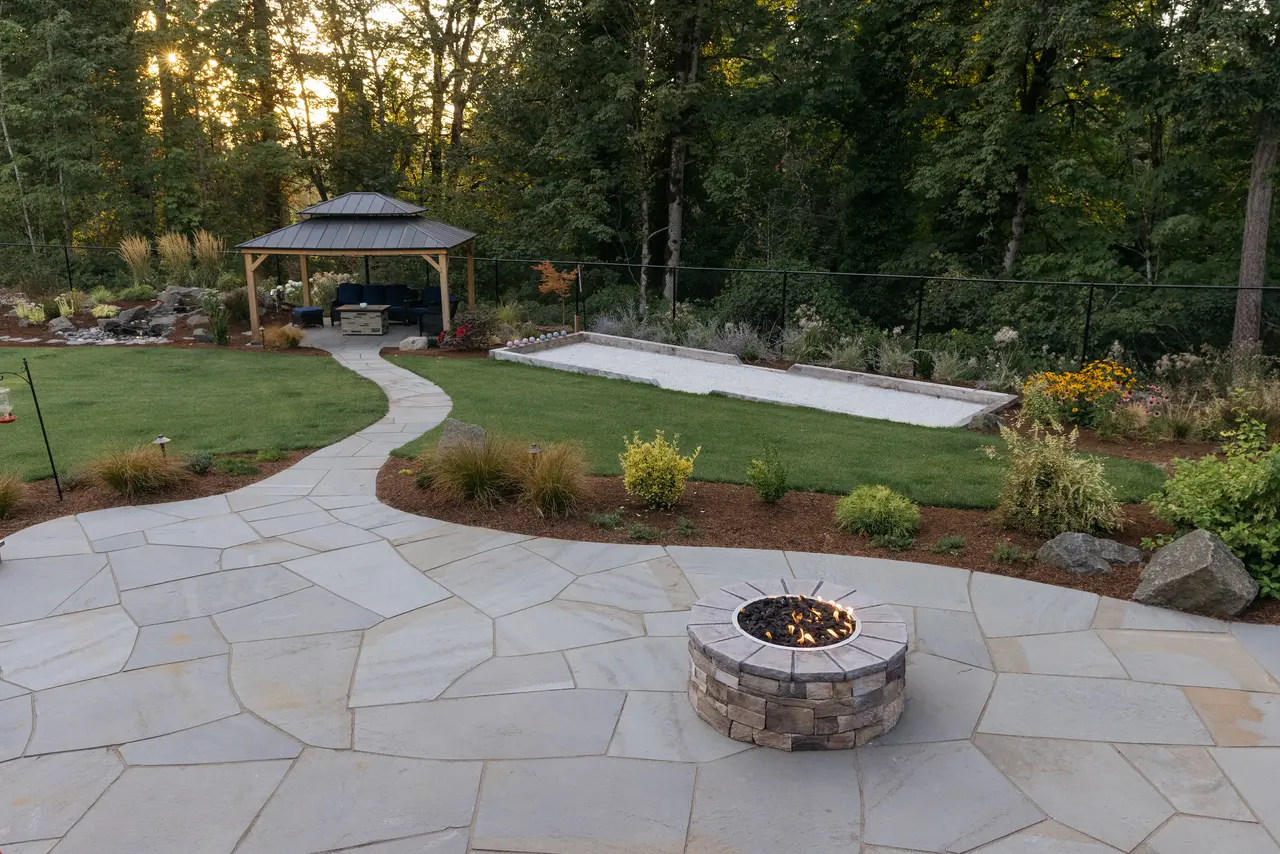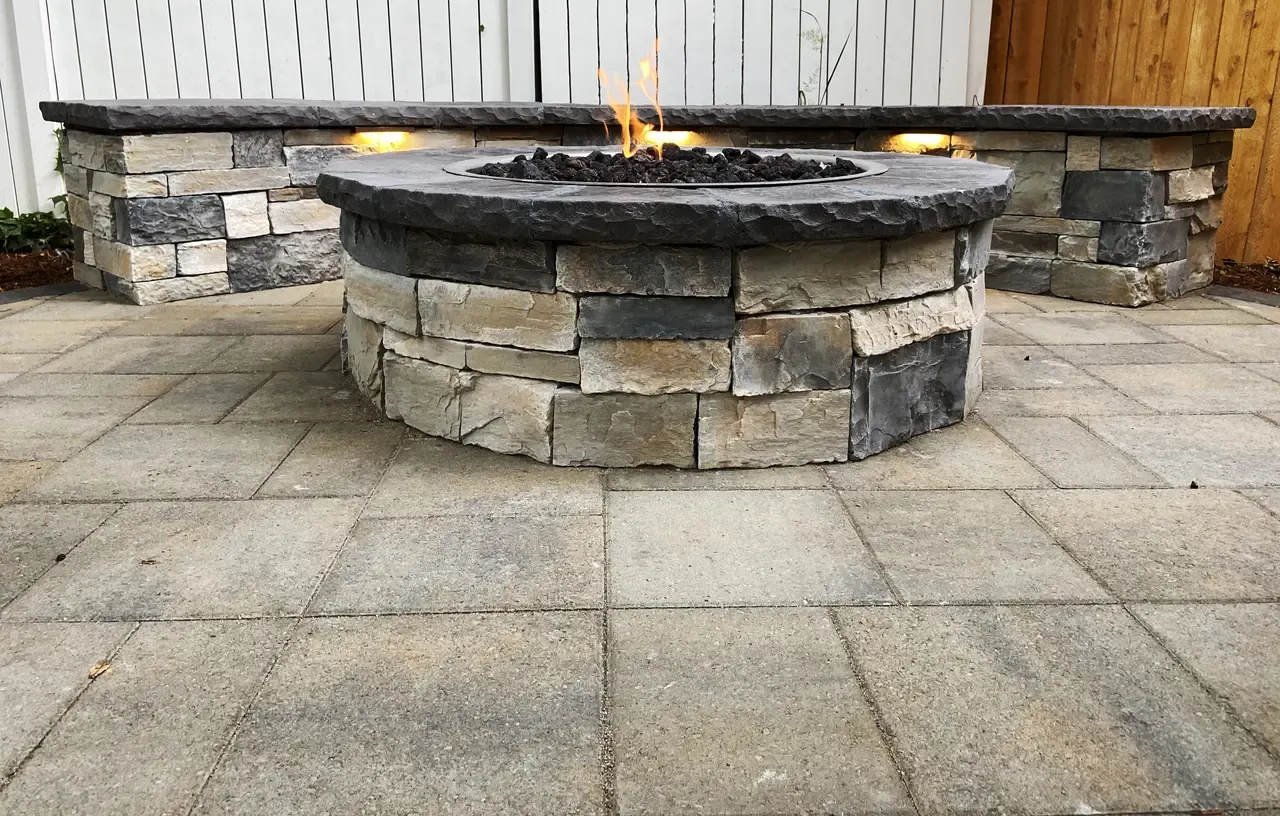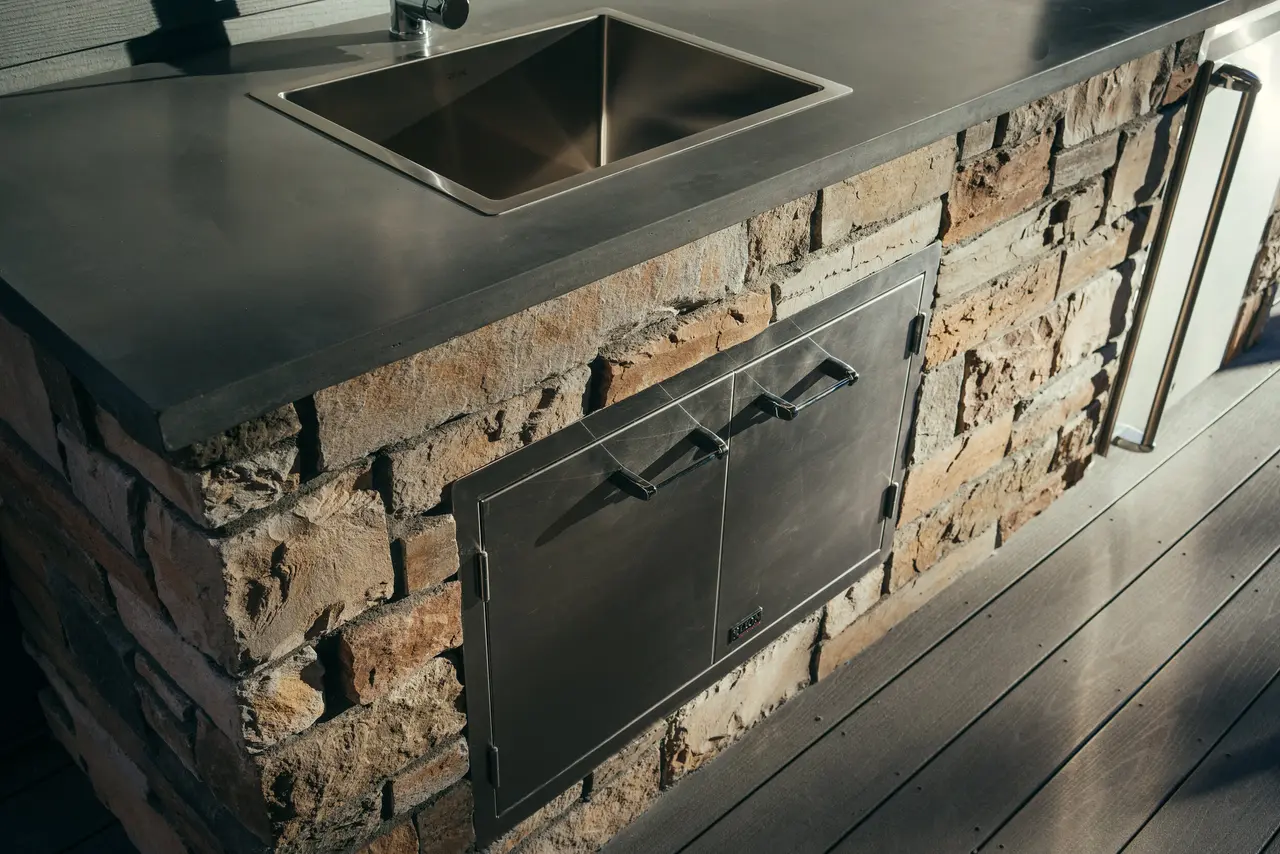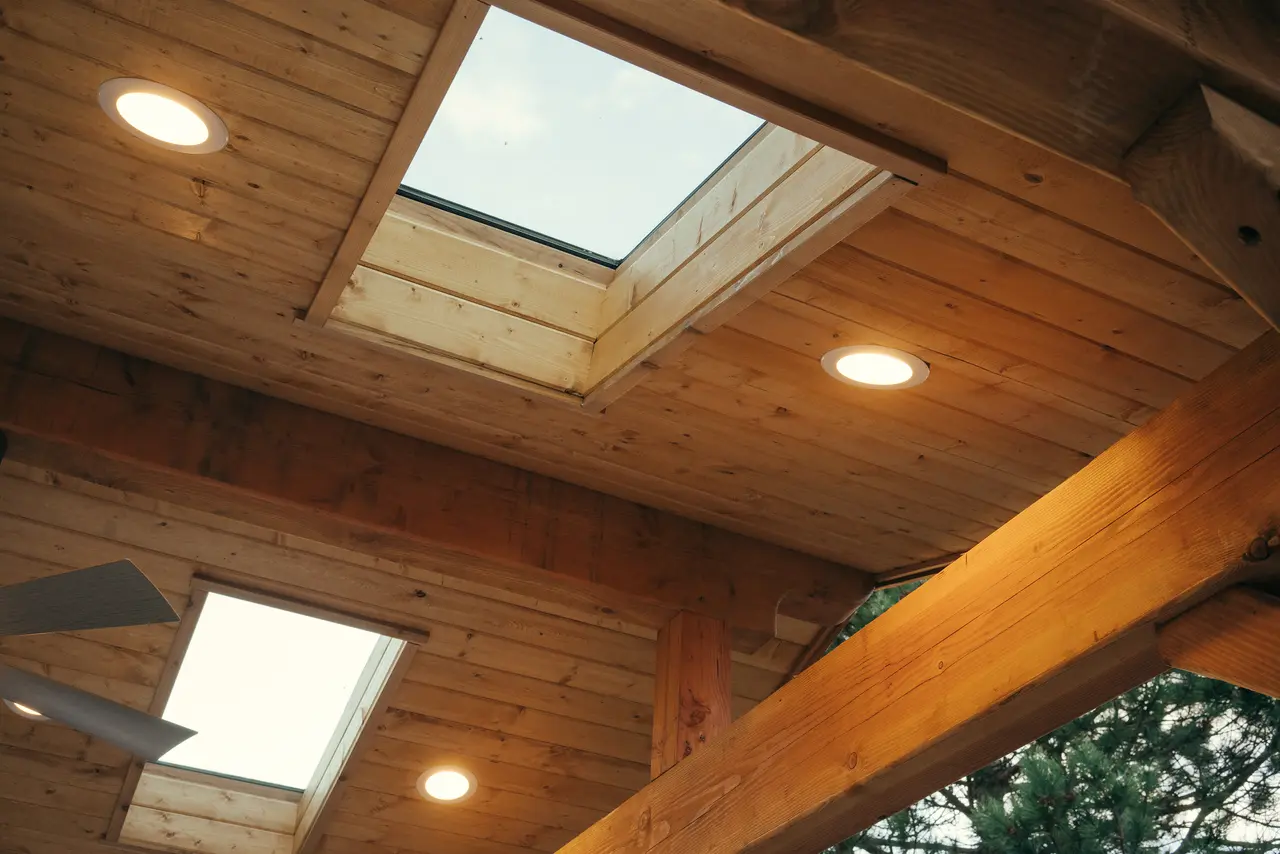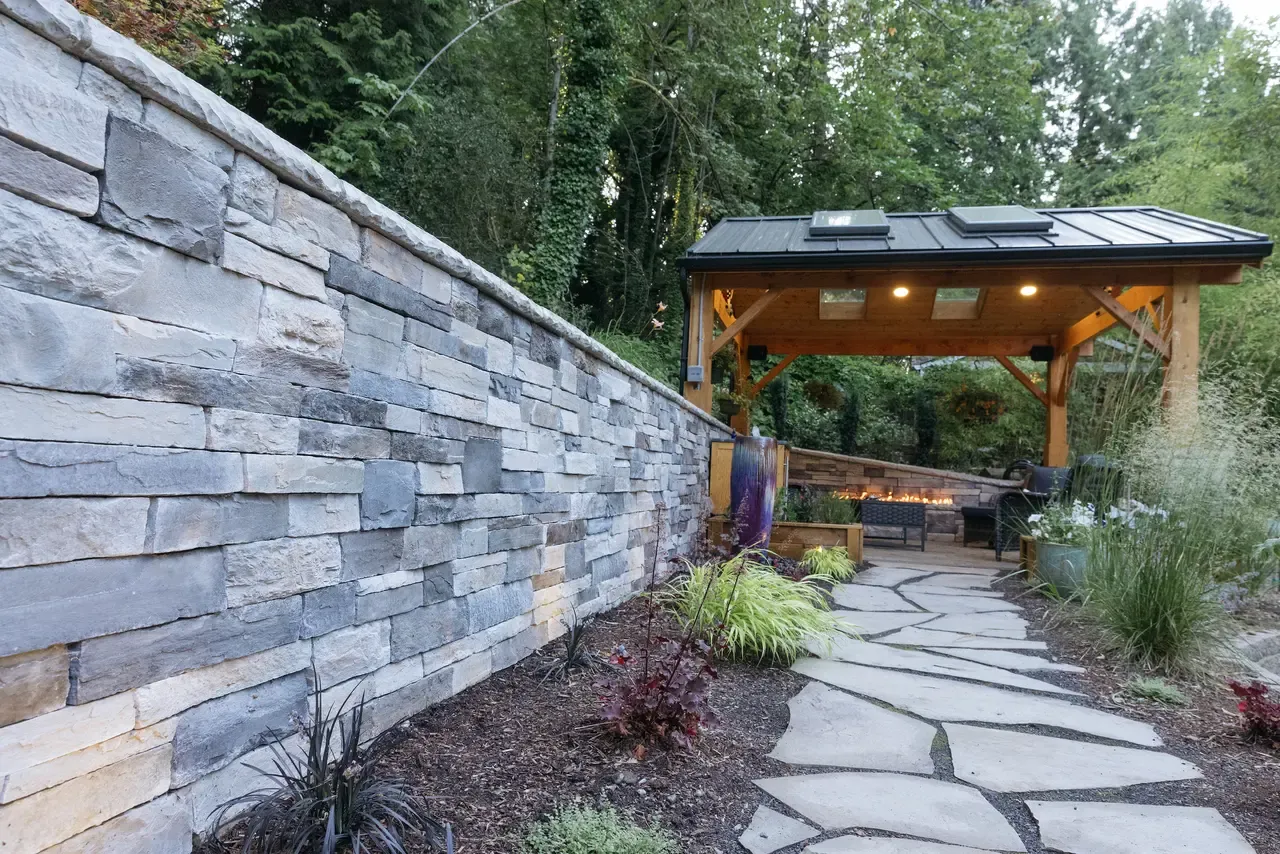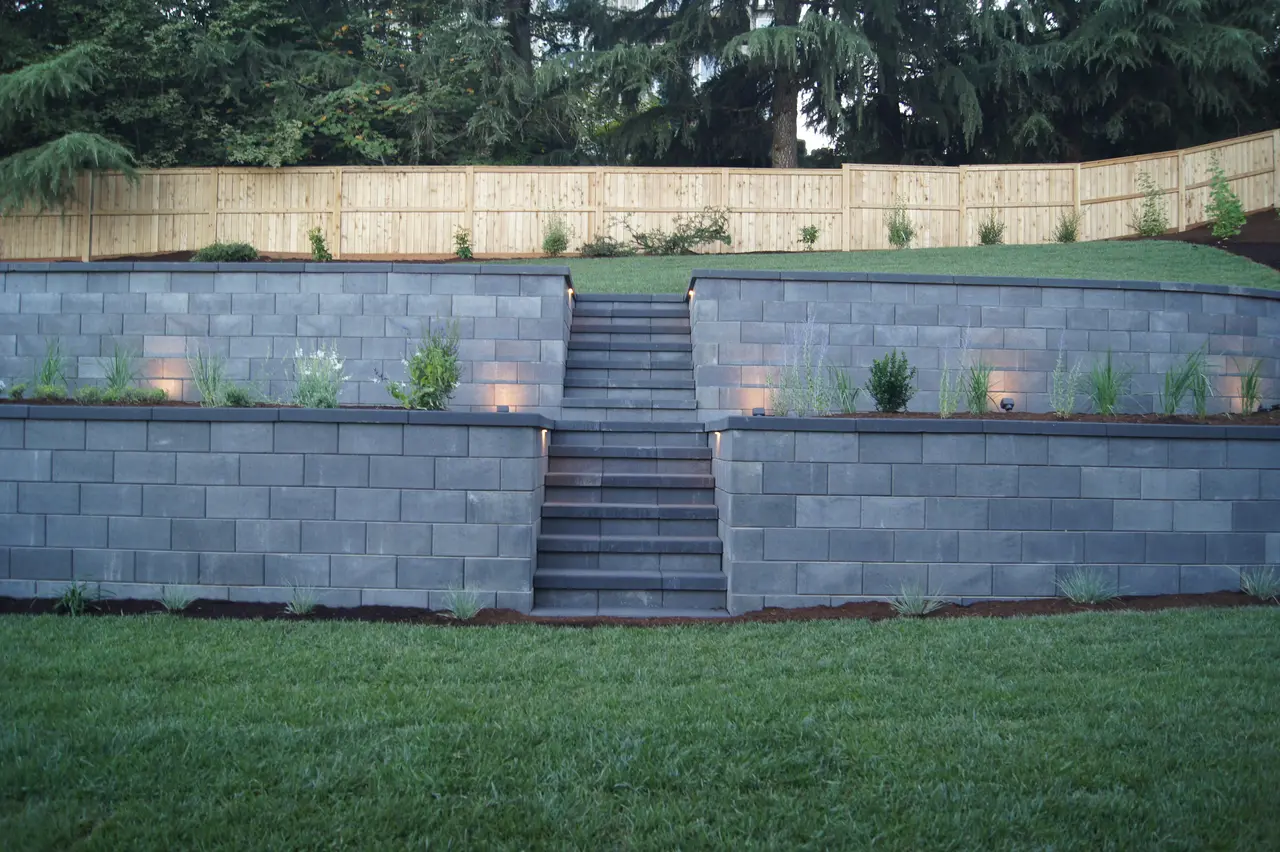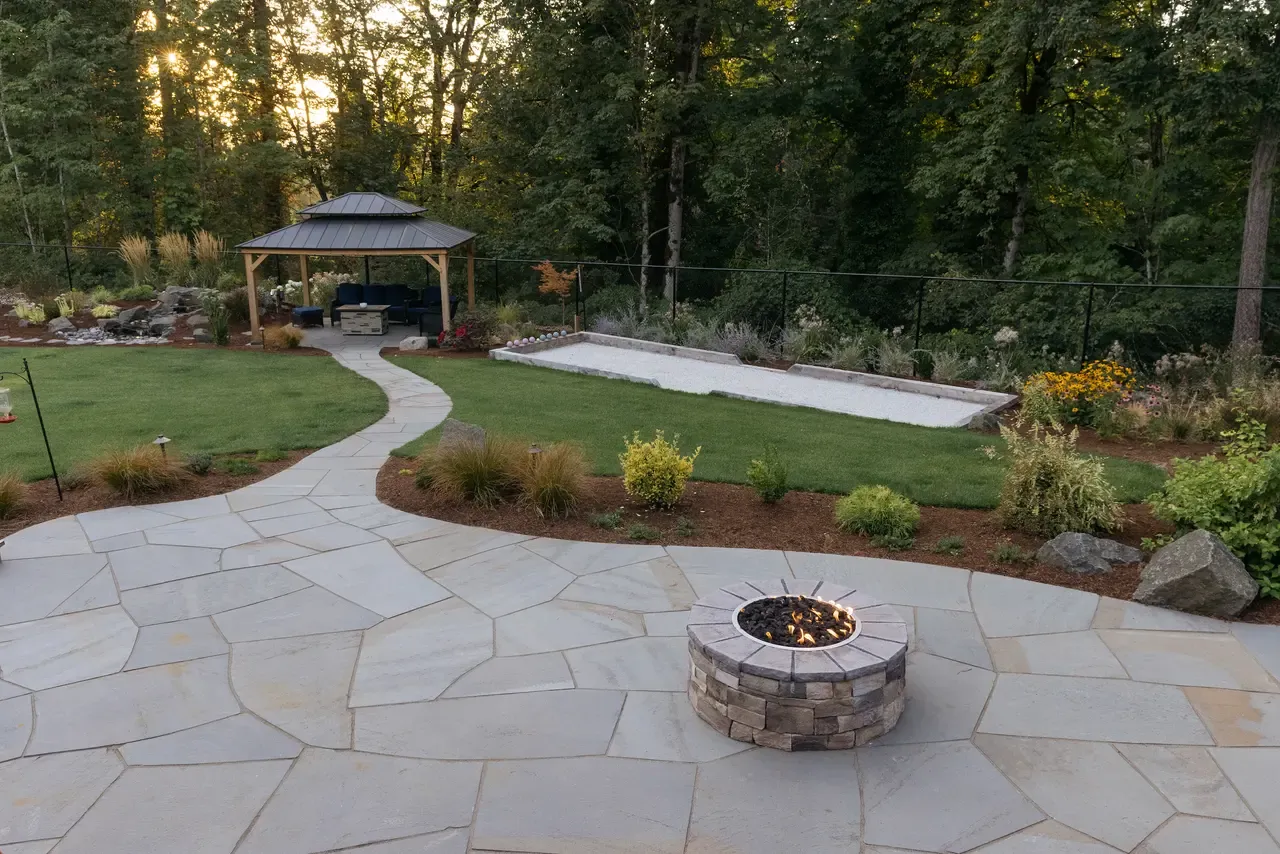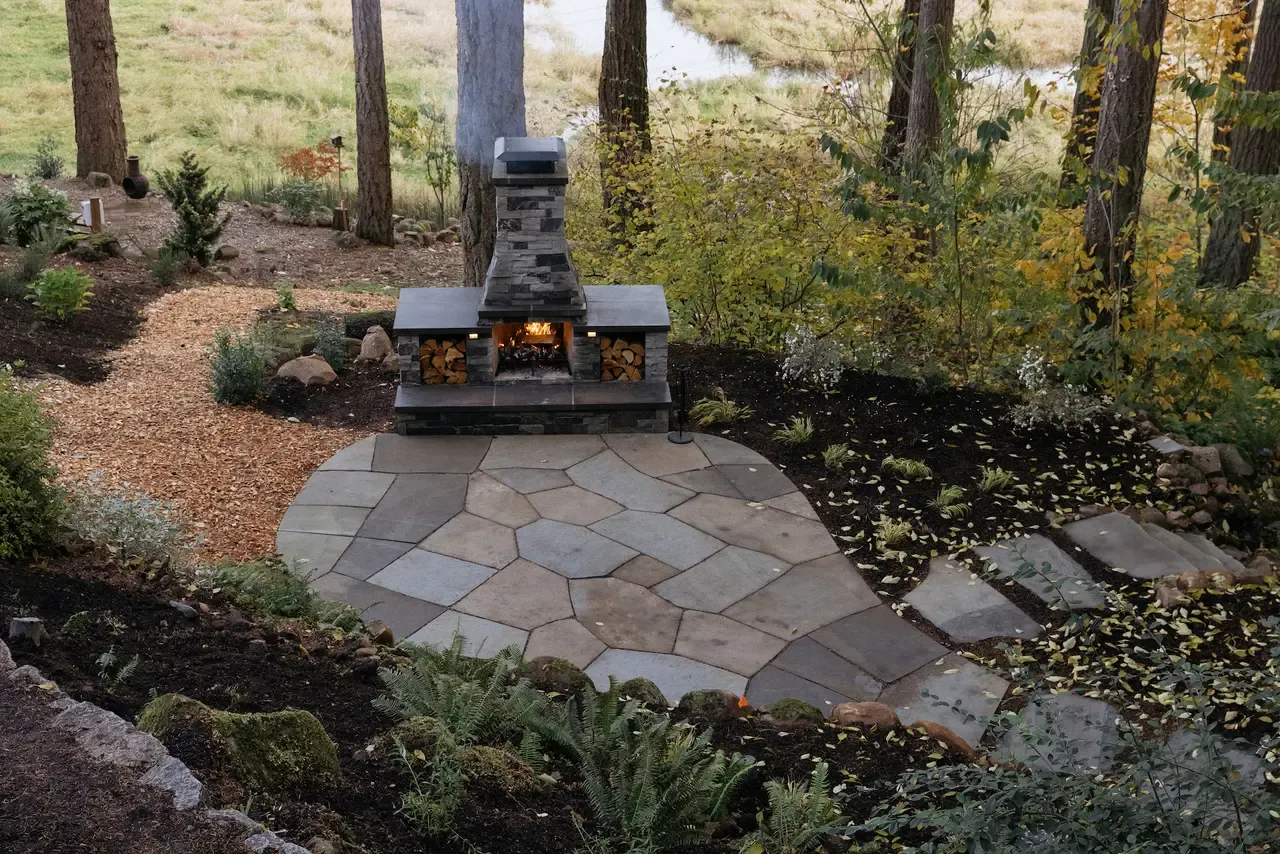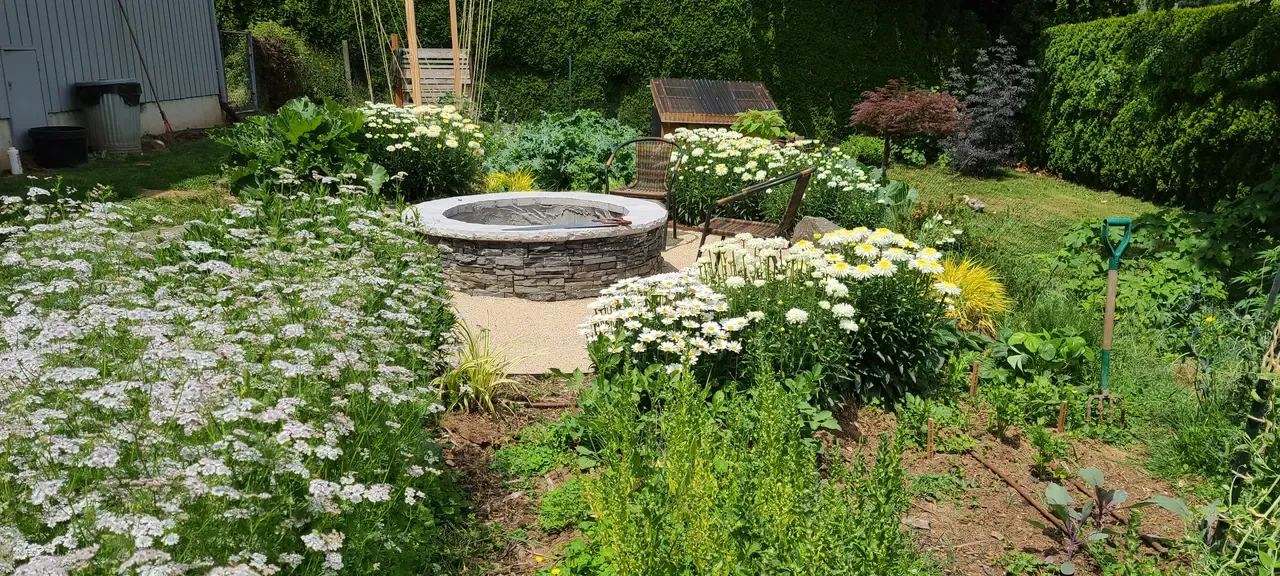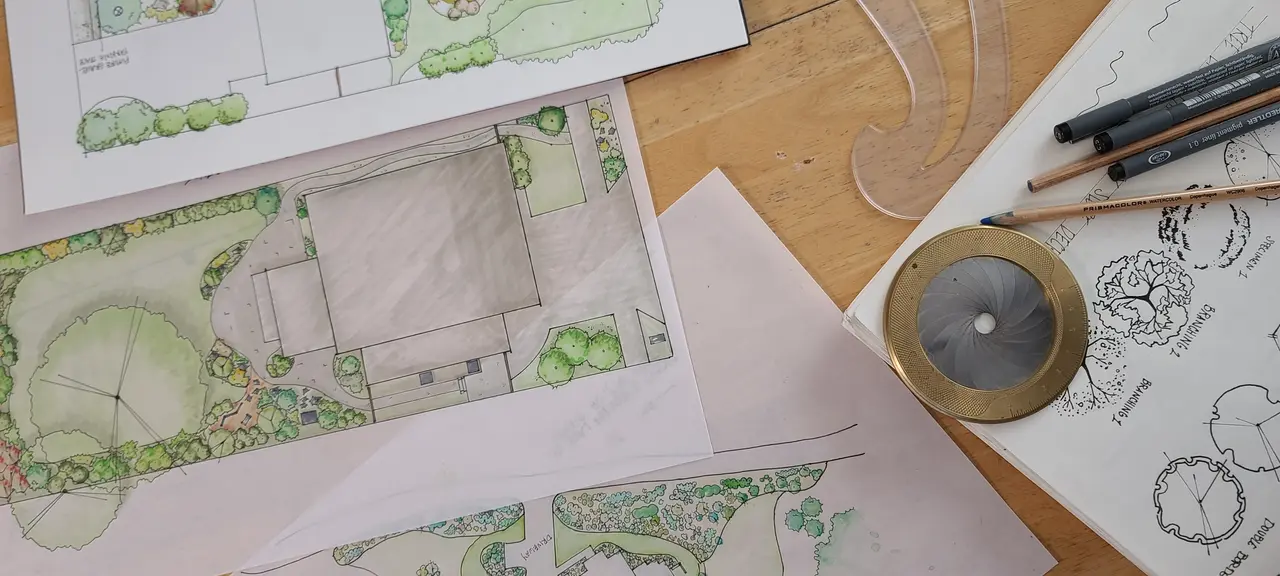Synthetic Turf Installation vs. Natural Grass: What’s Best for Your Portland Property?
Picture this: walking barefoot on a lush green lawn right in your backyard, soaking in the sun as you enjoy the fresh scent of nature. In Portland, where the climate can be tricky to navigate, choosing between turf installation and natural grass is a decision that can significantly impact your property’s appeal and maintenance requirements. Let’s explore the benefits of both options and help you determine the best fit for your Portland home.
The Benefits of Artificial Turf Installation for Portland Properties
Turf installation has become a popular choice for many Portland property owners seeking a low-maintenance and visually consistent alternative to natural grass. In a city known for its rainy weather and mild winters, artificial turf offers the allure of a picture-perfect lawn without the hassle of mowing, watering, or fertilizing with a durability year round that can’t be matched. With advancements in technology, modern synthetic turf closely mimics the look and feel of real grass, providing a lush green carpet all year round all while accounting for drainage in a way natural grass just can’t.
A correctly installed turf installation means you have a space you can use without worrying about tracking in mud or staying off it while seeds germinate, no watering etc. It is prepared much like a patio so people can play lawn games, put a table out on it for parties, incorporate golf greens, or dedicate the area for pets to run rampage. The maintenance you will have is a power broom every so often depending on how much debris falls, and re-installing your silica sand if it gets depleted through raking or blowing off of leaves and debris. You can use hot water and soap for any stubborn stains, but it is a totally different beast than natural grass.
For pet owners and families with children, turf installation offers practical benefits such as easy cleanup and durability. Synthetic turf is designed to withstand heavy foot traffic and pet activity, ensuring that your lawn remains pristine and mud-free even in the wettest Portland seasons. No muddy paw prints, just a consistently green and tidy yard with turf installation.
Synthetic turf has a 10-20 year expected lifespan if not longer. The downside of that lifespan is eventually it will end up as trash and you will not enjoy the natural grass feel under your feet. Synthetic turf is either set over a patio type gravel base or some other synthetic cushion/mat or a mix of the two. So if you like to change the shape of your yard often, go with a natural grass that you can cut or expand as the whim strikes you, because a synthetic turf will be much more challenging to convert to a planting bed. In full sun turf will be hot to the touch while natural grass will be cooling. The absolute ideal situation for turf is a high use area with a family that has diverse needs for gathering and recreation in a shady location that does not easily support natural grass. So think about some of these drawbacks before you make a decades long commitment to a synthetic turf.
Maintaining Natural Grass in the Portland Climate
Maintaining natural grass in Portland’s climate presents unique challenges due to the region’s alternating periods of rain and dryness. While natural grass offers a traditional and authentic look, its upkeep demands consistent watering, regular mowing, and diligent care to thrive in Portland’s ever-changing weather conditions. The cool-season grasses commonly used in Portland lawns require plenty of sunlight and moisture to remain healthy and green throughout the year. Tall fescue type turf grasses are great for heat resilience and do great in the summers while perennial rye grasses are quick to germinate and do well in the winter months.
In a city where summers can be relatively dry, maintaining a natural grass lawn involves a careful balance of watering schedules to prevent browning and drying out. Occasionally you may be aerating the soil, over-seeding damaged areas, or raking soils over the low spots to level it. the upkeep of natural grass in Portland often requires some knowledge and seasonal maintenance to ensure a vibrant and resilient lawn that can withstand the Pacific Northwest’s climate challenges. Beside all of this most people will have a dedicated irrigation system to service that grass.
Despite the maintenance efforts, natural grass provides certain benefits such as natural cooling effects, oxygen production, and a more textured aesthetic compared to artificial turf. For homeowners who appreciate the sensory experience of walking on real grass and value the ecological contributions of a living lawn, the traditional appeal of natural grass may outweigh the maintenance demands it entails in a city like Portland.
Making the Choice: Turf Installation or Natural Grass for Your Portland Home
Choosing between turf installation and natural grass for your Portland home involves weighing the pros and cons of each option against your lifestyle and preferences. If you prioritize a low-maintenance lawn that stays green year-round with minimal effort, artificial turf might be the ideal solution for your property. On the other hand, if you enjoy the hands-on aspect of lawn care, value the natural cooling properties of grass, and are willing to invest time and resources into upkeep, natural grass could be the right choice for you. Think through the cost of each option. If you have irrigation already, a natural grass will be less expensive to start with small investments over time for maintenance, overseeding, leveling, irrigation winterizations etc. Synthetic turf is almost 10X the cost most likely of natural grass and will remain largely as it begins for years. Maintenance for synthetic turf will be at most ocassional blowing or raking with a yearly deeper clean to make sure the debris is clear, the infill is doing its job, and to sanitize in the case of pet turf.
Consider factors such as water conservation, environmental impacts, aesthetic appeal, and usage patterns when deciding between turf installation and natural grass. While turf installation offers convenience, durability, and less care, natural grass provides a traditional look, tactile experience, and ecological benefits that some homeowners prefer. By evaluating your needs and priorities, you can make an informed decision that enhances the beauty and functionality of your outdoor space in Portland.
Ultimately, the choice between turf installation and natural grass for your Portland property boils down to your specific needs and preferences. Whether you prioritize low maintenance, water conservation, or year-round greenery, both options have unique advantages to offer. Consider your lifestyle, climate conditions, and desired aesthetic to make an informed decision that will enhance the beauty and functionality of your outdoor space.

